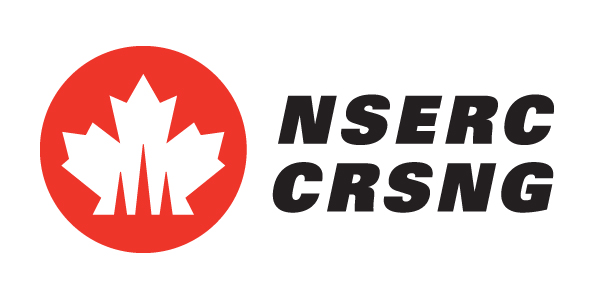Nova Scotia Groundwater Project
Ìý
Climate change impacts on community groundwater resources in Nova Scotia
Ìý
 Ìý
Ìý
Groundwater in Nova Scotia
Groundwater accounts for approximately 99% of all liquid freshwater in the world. In Nova Scotia, nearly half of residents rely on wells for access to clean drinking water. Private well owners typically have a shallow, dug well or a deep, drilled well.
Due to Nova Scotia’s diverse , the quantity and quality of groundwater varies throughout the province. Additionally, anthropogenic contamination can degrade groundwater quality. is a crucial part of well ownership as it supports the protection of human health and the proper management of freshwater resources.Ìý
We are in partnership with , a non-profit organization that provides well education and resources. Nova Scotia Environment and Climate Change also provides a wealth of resources including and a .Ìý

Climate change impacts to community groundwater resources
Dug wells 'tap' shallow aquifers that are vulnerable to summer droughts. In Nova Scotia, many dug wells have gone dry in four of the last seven summers, creating water security challenges for the southwest portions of the province. Drilled wells are more resilient to drought but can be contaminated with saltwater in coastal areas where sea-level rise can drive saltwater intrusion into formerly fresh aquifers. Wells and wellfields in Nova Scotia have been abandoned due to high salt concentrations. Rural communities reliant on decentralized water supply are the most vulnerable to the impacts of climate change on their water supply.

51³Ô¹Ï the project
We have partnered with rural communities to investigate the impacts of future climate change on groundwater recharge and saltwater intrusion in Nova Scotia. To investigate drought and recharge patterns and saltwater intrusion risks in Nova Scotia, we are using several different field methods such as as drone-based remote sensing, groundwater level and soil moisture monitoring, geophysical surveys, and thermal sensing approaches. These data are being used to calibrate a numerical groundwater model to simulate the impacts of climate change on future groundwater recharge, and to develop regional models of saltwater intrusion vulnerability. Models help us understand potential impacts of climate change. If you are interseted in finding out more, please send an email to barret.kurylyk@dal.ca.




